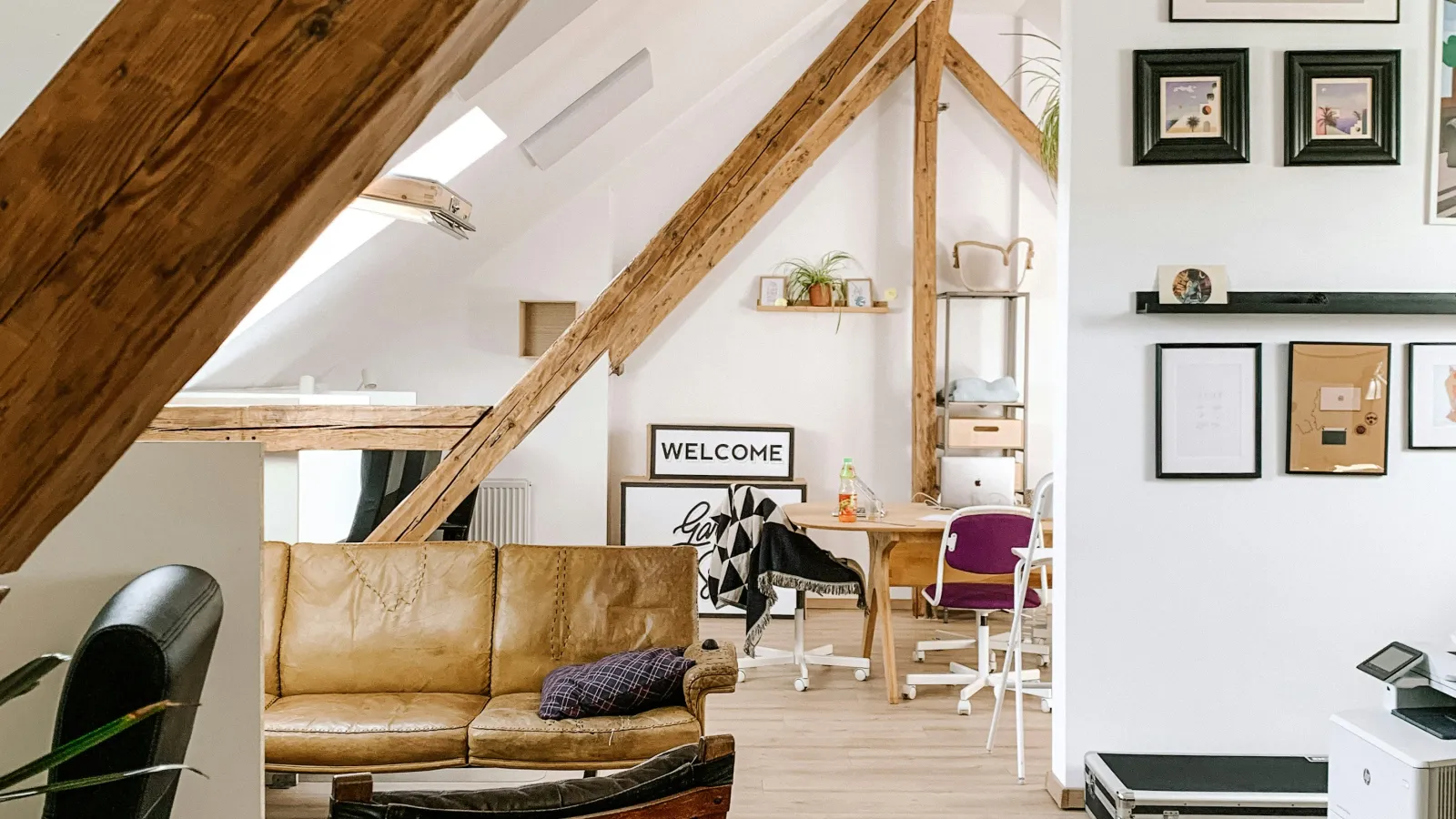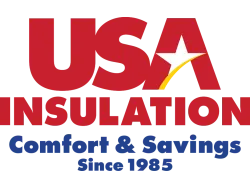How Much Attic Insulation Do You Need? A Guide by USA Insulation
If you're one of the 90% of U.S. homeowners with under-insulated homes, adding attic insulation can significantly improve your home's comfort and energy efficiency. Proper attic insulation helps maintain consistent temperatures, reduces energy bills, and prevents issues like ice dams in winter. At USA Insulation, we're here to guide you through determining how much attic insulation you need and how to get it done right.
Inspecting Your Attic Insulation
Before adding insulation, it's crucial to inspect your attic to assess its current condition.
Access Your Attic: Carefully enter your attic with a flashlight and a measuring tape.
Evaluate the Condition: Look for signs of moisture, mold, or pest damage, which can reduce insulation effectiveness.
Measure the Depth: Use a ruler or measuring tape to determine the current insulation depth. The recommended insulation level depends on your region's climate.
Understanding Insulation Types and R-Values
The effectiveness of insulation is measured by its R-value, which indicates its resistance to heat flow. The higher the R-value, the better the insulation's performance. Different materials have different R-values per inch:
| What You See | Material Type | Depth (inches) | Total Insulation R-Value |
|---|---|---|---|
| Loose, lightweight yellow, pink, or white | Fiberglass (loose-fill) | 2.5 x depth | R-2.5 per inch |
| Dense gray or near-white, may have black specs | Rock Wool | 2.8 x depth | R-2.8 per inch |
| Small gray flat pieces (from newsprint) | Cellulose | 3.7 x depth | R-3.7 per inch |
| Lightweight granules | Vermiculite or Perlite | 2.7 x depth | R-2.7 per inch |
| Batts, lightweight yellow, pink, or white | Fiberglass (batts) | 3.2 x depth | R-3.2 per inch |
How Much Insulation Should You Install?
The recommended amount of attic insulation varies based on several factors:
1. Where You Live
Different climates require different R-values for optimal energy efficiency. For instance:
Colder Climates (e.g., Northeast, Midwest): R-49 to R-60
Moderate Climates (e.g., Southern Illinois, Atlanta): R-38 to R-49
Warmer Climates (e.g., Southern California, Florida): R-30 to R-38
2. Your Home's Age
Older homes often lack adequate insulation. If your home is more than 10 years old, it likely needs more insulation. Retrofitting can be done with fiberglass batts, blown-in fiberglass, cellulose, or spray foam insulation.
3. Existing Insulation
If you have some insulation but it's below the recommended level, you can add more. However, ensure the new insulation doesn't compress the existing material, as this can reduce its effectiveness.
Climate Zone Map for Recommended Insulation Levels
The U.S. Department of Energy (DOE) and the International Energy Conservation Code (IECC) provide guidelines for insulation levels based on climate zones:
| Climate Zone | Recommended R-Value |
| Zone 1 (e.g., Miami, FL) | R-30 to R-49 |
| Zone 2 (e.g., Houston, TX) | R-30 to R-60 |
| Zone 3 (e.g., Atlanta, GA) | R-38 to R-60 |
| Zone 4 (e.g., St. Louis, MO) | R-49 to R-60 |
| Zone 5-8 (e.g., Minneapolis, MN) | R-49 to R-60 |
DIY vs. Professional Installation
DIY Installation
If you're comfortable with home improvement projects, adding insulation can be a weekend DIY task. Blown-in insulation and fiberglass batts are common DIY options. However, proper protective equipment and attention to detail are crucial to ensure effectiveness.
Professional Installation
For the best results, consider hiring a professional insulation contractor. At USA Insulation, we offer expert installation services, ensuring your attic insulation meets all recommended standards for maximum energy efficiency.
Why Choose USA Insulation?
Expertise: Our team has years of experience insulating homes across the U.S.
Quality Materials: We use top-quality materials to ensure long-lasting performance.
Energy Savings: Proper insulation can significantly reduce your energy bills.
Comfort: Enjoy a more comfortable home year-round with consistent temperatures.
Schedule Your Free Insulation Assessment
Don't let under-insulation compromise your home's comfort and energy efficiency. Contact USA Insulation today for an insulation inspection and personalized recommendations on the right amount of insulation for your home.



